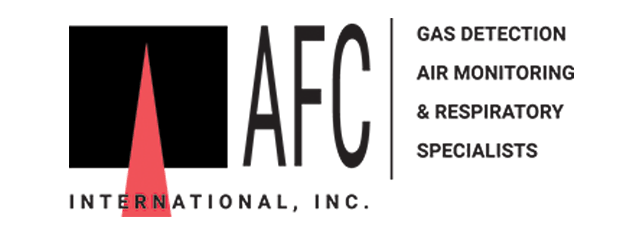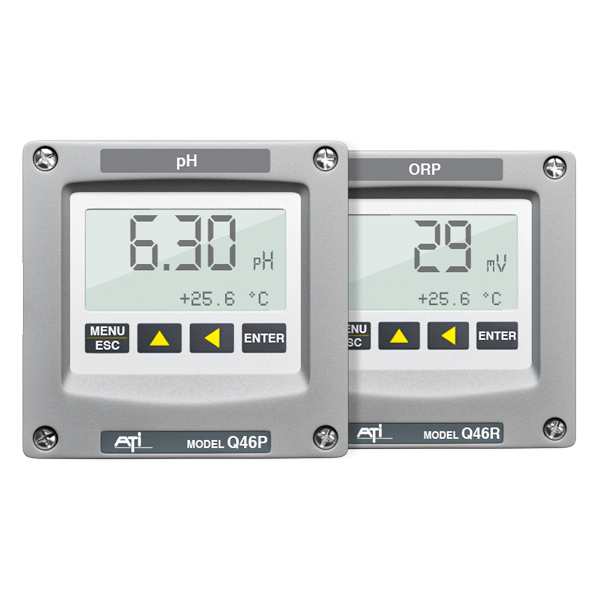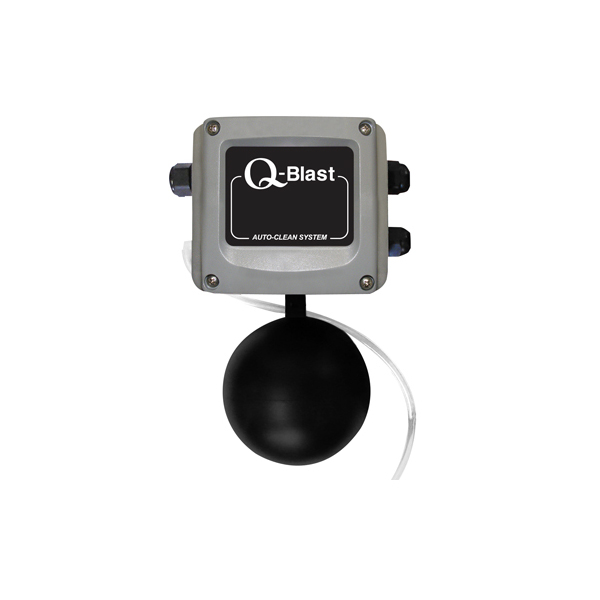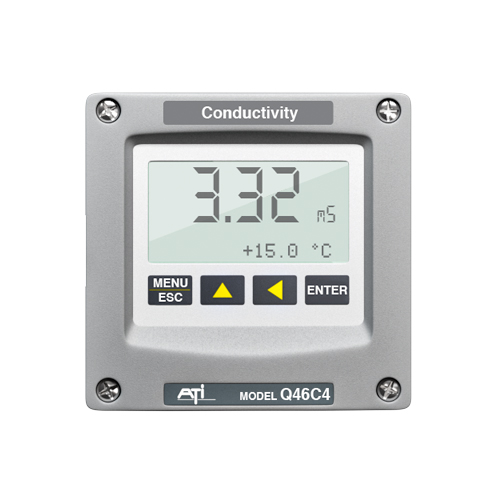Description
Description
The Model Q46P pH monitor platform represents the latest generation of monitoring and control systems. Control features have been expanded to include an optional 3rd analog output or an additional bank of low power relays. Digital communication options now include Profibus DP, Modbus RTU or Ethernet IP variations.
Measurement and control of pH is important in a wide variety of industries. Water and wastewater, boiler feed water, food processing wash water, chemical plant make-up water and many other aqueous systems requires reliable pH monitoring. The Model Q46P pH monitor provides the combination of durability accuracy, and versatility required for virtually any pH monitoring or control application. The monitor provides the same reliable monitoring for Oxidation Reduction Potential (ORP) applications.
Accurate pH (or ORP) measurement requires that sensing surfaces be clean. The surface of a pH glass element covered with biological or chemical coatings will not provide reliable measurements and must be removed, either automatically of manually. Sensor fouling is rarely an issue in potable water or high purity water applications, but wastewater treatment, raw water monitoring and many industrial water monitoring applications demand regulator sensor cleaning. With operation and maintenance personnel often in short supply, sometimes simple yet critical cleaning functions can be overlooked until inaccurate measurements cause other problems.
The Q-Blast option provides the ideal answer for automatic pH or ORP sensor cleaning. Employing a unique “air-blast” cleaning method, sensors can be cleaned as often as necessary without operator attention. Pulses of pressurized air delivered through a nozzle at the tip of the sensor remove accumulated solids from critical surfaces, resulting in accurate and reliable measurements.
The Q-Blast Auto Clean assembly is housed in a NEMA 4X enclosure suitable for indoor or outdoor use. The system includes an integral compressor and air pulse control components, with a power supply for the entire air supply system incorporated into the design. A simple connection to the Q46P or Q46R monitor provides the sequencing for the system and allows the operator to select cleaning frequencies as often as once every hour to as little as once every 999 hours. To insure performance in extremely cold conditions, a thermostatically controlled heater is included in the assembly, allowing operation down to -40°C.
There is no single pH sensor that fits every application. Sensors designed for harsh environments do not necessarily work as well in high purity water. Understanding the difference between various sensor types will help you choose the best sensor for your application.
The most widely used pH sensors contain a hydrogen ion sensitive glass measuring electrode and a silver/silver chloride reference element. The reference element is sealed inside the sensor body filled with an electrolyte and electrically connected to the outside solution through one or more porous reference junctions. The glass electrode is in direct contact with the measured solution.
Conventional sensors are a good alternative for clean water applications with conductivity above about 50 microsiemens (µS). They typically provide an operating life of 1-3 years depending on the application and are relatively inexpensive. They are available in submersible or in-line versions and a clear flowcell is also available. Maximum cable length is 25′ for this type of sensor. A preamplifier in a NEMA 4X enclosure is available for applications requiring longer distances between the sensor and monitor.
For simpler applications such as filtered potable water, high purity boiler feed water, pharmaceutical grade water or very cold clean water applications, conventional sensors can be a better choice. In clean applications where there is little to attack the reference system, this type of sensor provides a much lower impedance sensor that can be used without an internal preamplifier, making the cost of the sensor significantly less. In addition, special versions of this sensor are available that provide high flow reference systems allowing better stability in very conductivity water applications.
Differential sensors have a silver/silver chloride reference element that has been replaced by a pH sensitive glass electrode identical to the measuring electrode. This second glass electrode is housed in a chamber filled with pH 7 buffer which provides a stable reference. a high surface area reference junction electrically connects this reference system to the pH measuring element. The result is that pH is measured by the voltage difference between the two pH sensitive glass elements.
Differential pH sensors are the best choice for demanding application such as wastewater, plating baths, aggressive industrial process water, or higher temperature applications. They are especially good in applications containing sulfur compounds that tend to poison the silver/silver chloride reference element found in conventional sensors. Because they are designed with replaceable reference junctions and have internal preamplifiers, these sensors tend to significantly outlast conventional sensors.
Convertible style sensors may also be used with a modified 1″ flow tee that accommodates the pipe thread on the front of the sensor. Sample flows directly toward the face of the sensor to prevent build up of solids. When using this sensor for submersion application, hardware is available for mounting the sensor to standard handrails, facilitating sensor removal for cleaning and calibrating. The 1½” or 2″ union mount systems can be sized with pipe sizes up to 2″. The union mount hardware allows for easy removal of the sensor from the hardware without twisting the sensor cable.










